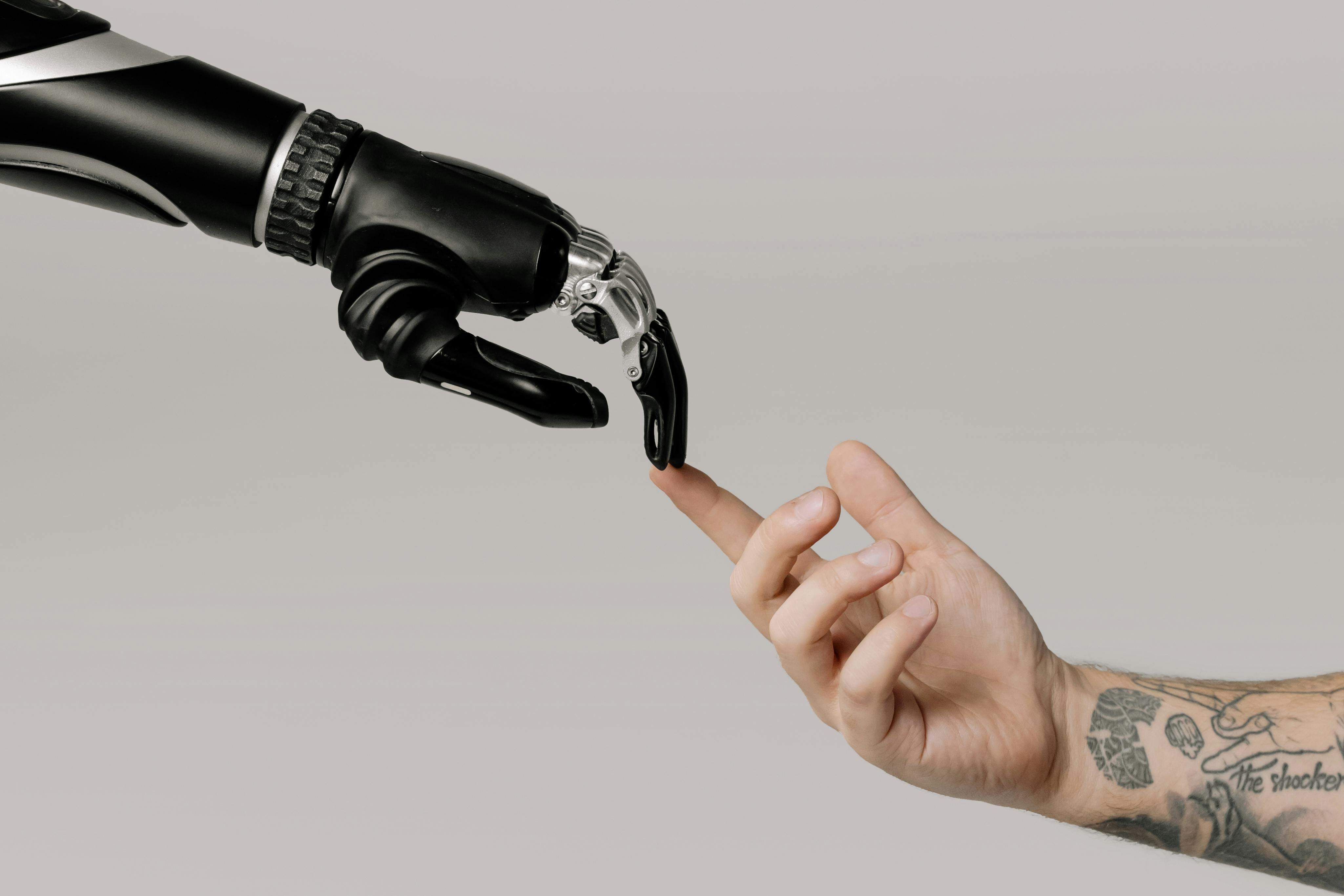In 2025, innovation continues to shape the world, carving pathways for advancements that not only yield technological gains but also foster a more caring and sustainable future. This progressive era calls on creators, thinkers, and policymakers to merge technology with humanity's most pressing needs, ensuring that every leap in ingenuity also enhances global welfare. The concept of 'Innovation for Humanity' extends beyond mere technological feats; it involves a thoughtful process of designing solutions oriented towards the betterment of society. This article delves into the intricacies of embracing this mindset, guiding readers through the key elements and considerations in bringing such visionary ideas to life.
Exploring Innovation for Humanity: Designing a Future That Cares

In the quest for a future that cares, choosing the right direction for innovation plays a crucial role. Here lies the importance of understanding the intersection of technology and social impact. Pioneering projects in sectors like healthcare, education, and environmental sustainability serve as exemplary models of how innovation can translate into real societal benefits. For instance, advances in biotechnology that enable more affordable and accessible healthcare solutions, or EdTech innovations that democratize learning experiences, both show the profound capability of technology to address pervasive challenges.
To effectively choose a path in 'Innovation for Humanity,' it is imperative to identify projects or areas where technology can meaningfully intersect with humanitarian goals. Evaluating factors such as the scalability of solutions, the inclusivity of benefits, and the sustainability of outcomes are essential in this selection process. Further, engaging with communities and stakeholders to gather insights and ground-level needs can guide innovators towards areas where they can make the most significant impact.
Maintenance and ownership costs in such innovations cannot be overlooked either. Initiatives aimed at societal betterment often require not just initial investments but ongoing support to ensure their efficacy and longevity. For example, a renewable energy project might need regular maintenance to sustain its performance over time, or an AI-driven educational program could necessitate continuous updates and refinements based on evolving learning patterns and needs. Aligning with non-profit organizations, securing government grants, and participating in public-private partnerships can be effective strategies to manage these costs and secure the necessary funding.
To encapsulate, choosing the right type of innovation involves a deep comprehension of the problems at hand, identifying scalable and sustainable solutions, and fostering collaborations that amplify impact. Maintenance considerations, on the other hand, require a strategic approach to funding and partnerships to ensure that initiatives not only start strong but also have the endurance to create lasting change.
As we navigate the future, the alliance between innovation and humanity must be strategic and intentional. Choosing the right avenues for 'Innovation for Humanity' involves understanding the complex interplay between technology and social impact, emphasizing scalable, inclusive, and sustainable solutions. Maintenance and the sustainability of these innovations are equally vital, necessitating robust support systems and funding mechanisms. By championing these elements, innovators can truly design a future that cares, making meaningful contributions to society that echo beyond technological advancements alone.
